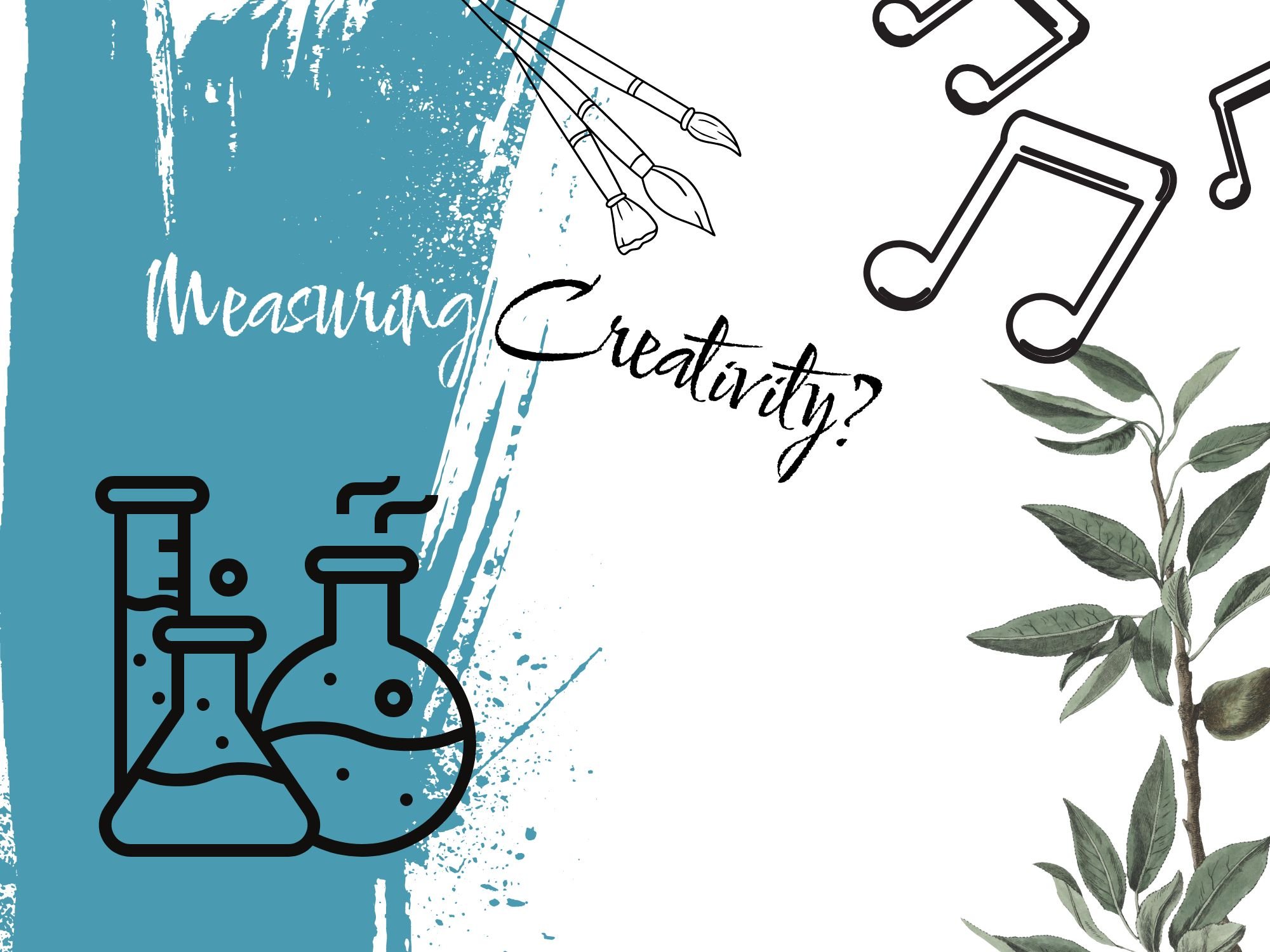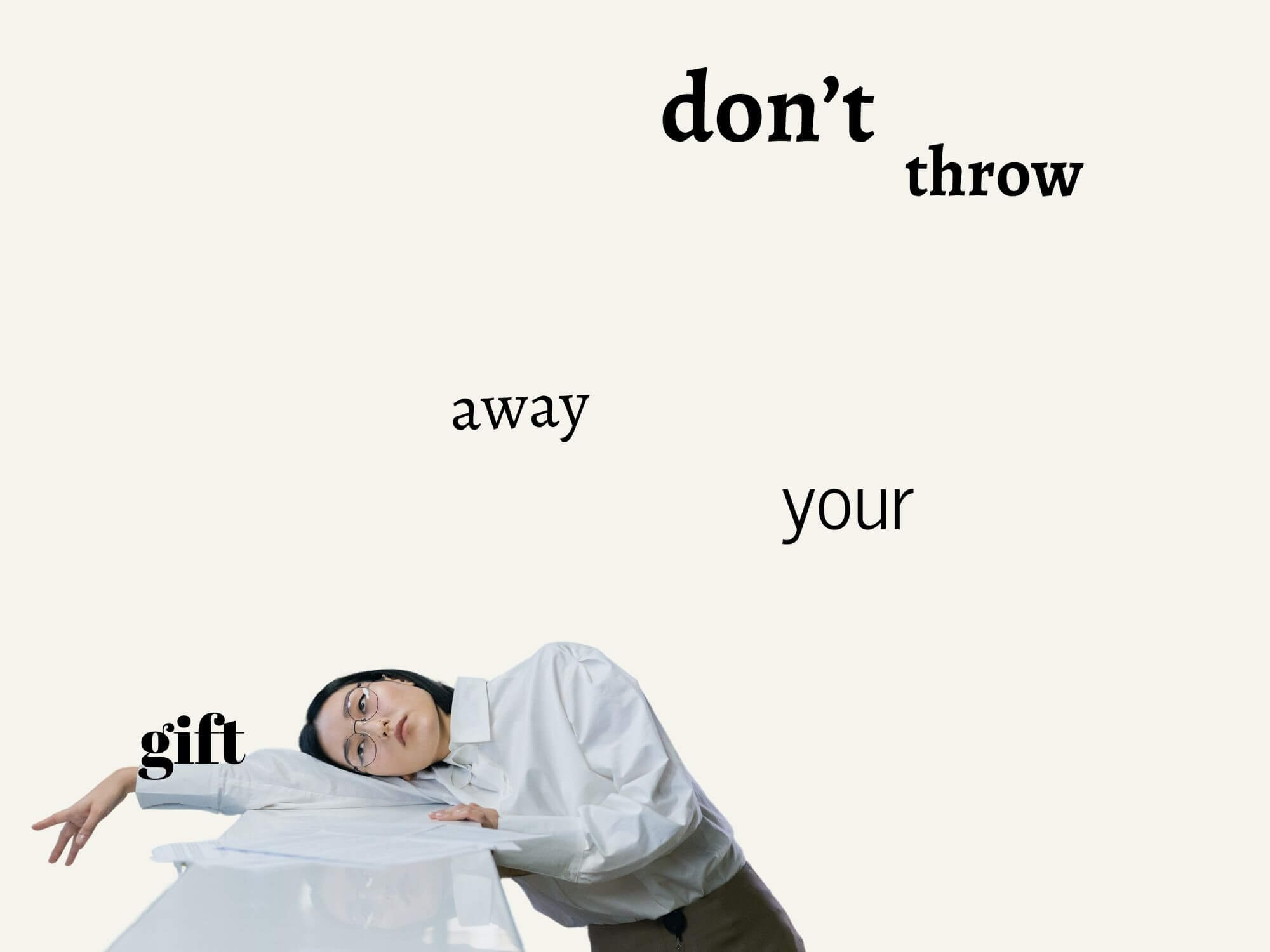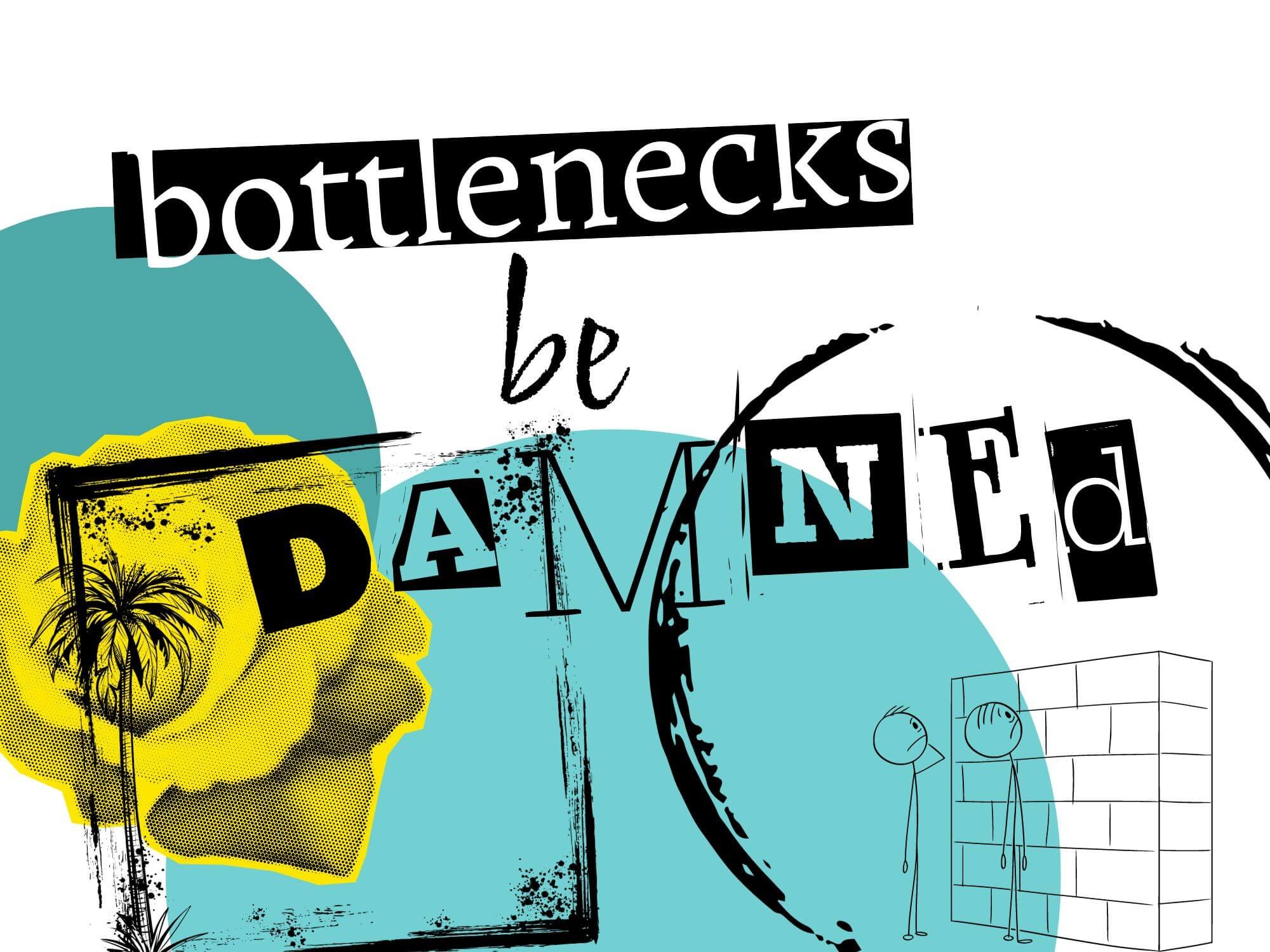How to Measure Creativity Using KCIs (6 steps)
You have a new idea. A spark of originality and craftiness. It’s a novel project and it’s taken up residence in your schedule. But how artistic and innovative is it actually?
And is there a way to quantify this thing you’ve built?
Yes – there is a way.
After much testing and research, this is one strategy for how to measure creativity using KCIs (key creativity indicators).
So let’s get to it.
Table of Contents Show
*Creative Disclaimer
There are tons of elements to creative quality, and things shouldn’t always be measured. Finding your flow state, embracing play and ignoring benchmarks is way more important than trying to reach some ideal measurement.
Creativity is a bit like magic, after all.
Why Quantify Creativity? (the benefits)
Creativity is illusive and a bit fickle. It’s pretty subjective and it’s quite contextual.
So finding a way to analyze things and better understand it is a pretty sweet goal (with some equally sweet benefits).
Here are a few of my favorite perks to quantifying creativity:
Better track your creative progress
Benchmark yourself against competition or others in your space
Add more intention to your creative work
Find areas of weaknesses to work on
Use data to help guide your creative decision-making
Improve your time efficiency (since you’ll know where to put your attention)
Boost your motivation and personal inspiration
What Are KCIs?
Before jumping into the strategy section of this post, let’s explore KCIs, since they’re a key piece of the puzzle here.
KCIs are measuring tools inspired by KPIs, which are Key Performance Indicators often used for business benchmarking.
So, KCIs stand for Key Creativity Indicators, and are metrics for measuring creative quality. They represent core quantifiable indicators of creative quality and creative progress.
Every project, artist and task may have different benchmarks – depending on goals, preferences and values.
So finding your ideal KCIs may take some time and some testing.
I cover some examples of KCIs below (and apply them to a personal project as an example),
So let’s keep moving.
How to Measure Creativity Using KCIs (6 steps)
The steps below follow a strategic planning framework.
This is a process I like to use when I’m looking to add some data to my artstuff (not that art always needs it).
1. Identify Your KCIs
Step one is to identify your KCIs. This makes sense.
This is a personal thing and each of your projects may use or focus on different indicators at different times.
For me, KCIs reflect personal preferences, project scope, goals and creative values.
So it helps to get clear on these things. Try answering these questions:
What are my creativity values?
Originality?
Authenticity?
etc.
What do I hope to achieve creatively?
Personal growth?
More followers?
etc.
What is my creative vision?
To entertain, educate or inspire?
To create memorable stories?
etc.
Why am I measuring my creativity?
To build new creative skills?
To challenge and express myself in new ways?
etc.
Getting clear on your objectives will help you find your most relevant KCIs.
Some examples of potential KCIs include:
Number of new projects or ideas per week/month/etc.
Newness
Visual or sensory impact
Inspirational impact
Resource use
Level of experimentation
Level of risk-taking
Creative flow
Hot Tip: For more KCI inspiration, try exploring business KPIs in more detail or use AI tools like ChatGPT to brainstorm ideas.
2. Identity the Core Traits of Each Indicator
Once you have your KCIs identified, we need to describe each one in more detail.
We need to identify core traits (like signals, or characteristics) for each of your KCIs.
These traits are the main elements that support each indicator.
So let’s use some of the KCIs from step one to explore examples of core traits:
Newness (core traits)
Blends at least 2 niches, categories or fields together
Uses a diverse collaboration team of different backgrounds
New market or no direct (known) competition
New concept, topic, idea or angle
Visual or sensory impact (core traits)
Accessibility
Interactive and/or engaging elements
Hits more than one sense
Use of visual or other sensory contrast
Some new texture, material or sensory element used
Inspirational impact (core traits)
Captures emotions
Tells a story or has a clear message
Relatability
Vulnerability or personal life sharing
Use of positive messaging
Has a clear call to action
Creative flow (core traits)
Had fun
Lost track of time
Followed your intuition
Broke some “rules” or ignored some scripts
Level of experimentation (core traits)
Use of unconventional or new (for you) approach
Testing of multiple versions
Experienced clear mistakes and setbacks
Used some new technology or tool
Level of risk-taking (core traits)
No market data or interest
No research or planning done
Does not follow a trend
Highly competitive
Once you have some traits for each indicator, it’s time to quantify them.
3. Quantify Your KCIs
This next stage requires a bit of math — but don’t worry, we’ll keep things simple.
So let’s use a basic grading system (0-100%) to calculate our creativity.
Here, we first need to give a weighted point value to each of our KCIs. Some more important ones may have a higher value than others.
For simplicity, let’s make a system where all of your KCIs are equal to an even 100, such as:
Newness
20 points total
Visual or sensory impact
20 points total
Inspirational impact
20 points total
Creative flow
20 points possible
Level of experimentation
10 points total
Level of risk-taking
10 points total
Now, let’s make a second level point system to calculate each of the core KCI traits.
Again, for simplicity, aim to have the total of your traits equal the point value for that respective KCI.
For example:
-
Blends at least 2 niches, categories or fields together (5 points)
Used a diverse collaboration team of different backgrounds (5 points)
New market or no direct (known) competition (5 points)
New concept, topic, idea or angle (5 points)
-
Accessibility (4 points)
Interactive and/or engaging elements (4 points)
Hits more than one sense (4 points)
Use of visual or other sensory contrast (4 points)
Some new texture, material or sensory element used (4 points)
-
Captures emotions (4 points)
Tells a story or has a clear message (4 points)
Relatability (4 points)
Vulnerability or personal life sharing (4 points)
Has a clear call to action (4 points)
-
Had fun (5 points)
Lost track of time (5 points)
Followed your intuition (5 points)
Broke some “rules” or ignored some scripts (5 points)
-
Use of unconventional or new (for you) approach (2.5 points)
Testing of multiple versions (2.5 points)
Experienced clear mistakes and setbacks (2.5 points)
Used some new technology or tool (2.5 points)
-
No market interest or data (2.5 points)
No research or planning done (2.5 points)
Does not follow a trend (2.5 points)
Highly competitive (2.5 points)
Once you have your quantifying system created, it’s time to start measuring your creativity.
4. Measure Your Creativity
For this next step, we’ll be applying everything.
So grab your measuring system and KCIs (and a creative project) and let’s quantify some stuff.
I’ll use a personal example here.
Here’s my very first vlog I uploaded on starting something new.
Now, here’s my self-assessed score (using the KCIs from above):
-
✔ Blends at least 2 niches, categories or fields together (5 points)
Used a diverse collaboration team of different backgrounds (5 points)
New market or no direct (known) competition (5 points)
✔ New concept, topic, idea or angle (5 points)
Total: 10 points
-
Accessibility (4 points)
✔ Interactive and/or engaging elements (4 points)
✔ Hits more than one sense (4 points)
✔ Use of visual or other sensory contrast (4 points)
Some novel texture, material or element used (4 points)
Total: 12
-
✔ Captures emotions (4 points)
✔ Tells a story or has a clear message (4 points)
✔ Relatability (4 points)
✔ Vulnerability or personal life sharing (4 points)
✔ Has a clear call to action (4 points)
Total: 20 points
-
✔ Had fun (5 points)
✔ Lost track of time (5 points)
✔ Followed your intuition (5 points)
✔ Broke some “rules” or ignored some scripts (5 points)
Total: 20 points
-
✔ Use of an unconventional or new approach (for you) (2.5 points)
✔ Testing of multiple versions (2.5 points)
✔ Experienced clear mistakes and setbacks (2.5 points)
✔ Used some new technology or tool (2.5 points)
Total: 10 points
-
No market interest or data (2.5 points)
No research or planning done (2.5 points)
✔ Doesn’t follow a trend or a “safe script” (2.5 points)
✔ Competitive or difficult subject to stand out in (2.5 points)
Total: 5 points
My creativity score for Vlog 001:
77/100 → 77%
77% — not bad.
So is this method perfect? No.
But it is a starting point. And it’s actually pretty eye opening.
This process of analyzing my project’s creativity has definitely given me some insights for how and where I could improve on things moving forward.
After you run your numbers, you can jot them down somewhere to keep track of your creative progress and growth over time.
Good stuff, right?
5. Create Benchmarks
Over time, as you get better at assessing creativity, you’ll develop your own KCI averages and understand which indicators have the greatest impact.
Having this data can be super insightful for analyzing your creativity, goals and approach to projects.
But (when you’re ready), analyzing other creators or leaders in your niche can be helpful as well.
Here, you can create a separate spreadsheet or document to organize and track your benchmarks against others.
With enough data, you can isolate key factors, indicators and averages that reflect the creative quality in your space.
You can then amplify the creative relevance and resonance of your own projects.
But again, remember that benchmarks offer insights, but shouldn’t direct the whole creative process (which is often intuitive, exploratory and without a specific purpose or data point).
6. Stay Flexible
Creativity should never be dogmatic.
So your metrics, values and goals will likely evolve as you do.
There’s a Japanese proverb I like to remember:
“The bamboo that bends is stronger than the oak that resists.”
Deep stuff, I know.
But staying open to change is essential for growth in all domains – especially creativity.
It’s important to remember that just because you receive a “poor” creativity score in your research doesn’t take away from the creative value of your work.
There’s so much nuance and context to creativity, it can be impossible to ever fully analyze it.
So use this system as a tool (not some end-all, be-all playbook).
And with that, happy creating.
Want More? Check Out These Sweet Reads!





